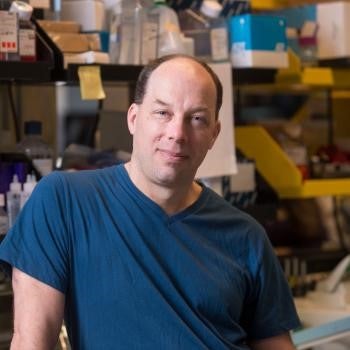There are many causes of health disparities, and one major contribution is lack of access to specialty care in underserved and rural areas. I will argue that the development of liquid biopsies based on molecular counting technologies which take advantage of the genomic revolution are helping to level the playing field and reduce disparity. Simple blood draws which can be performed anywhere and mailed to central testing laboratories are creating broad access to the fruits of the last decade’s advances in genomics and sequencing technologies. In particular, many of these blood tests are creating health equity by replacing invasive biopsies which require the presence of skilled physicians. To illustrate the breadth of this phenomenon, I will discuss tests we have developed in fields as diverse as maternal and fetal medicine, infectious disease, cancer, and organ transplantation.

Stephen Quake is the Lee Otterson Professor of Bioengineering and Professor of Applied Physics at Stanford University and is co-President of the Chan Zuckerberg Biohub. He received a B.S. in Physics and M.S. in Mathematics from Stanford University in 1991 and a doctorate in Theoretical Physics from the University of Oxford in 1994. Quake has invented many measurement tools for biology, including new DNA sequencing technologies that have enabled rapid analysis of the human genome and microfluidic automation that allows scientists to efficiently isolate individual cells and decipher their genetic code. Quake is also well known for inventing new diagnostic tools, including the first non-invasive prenatal test for Down syndrome and other aneuploidies. His test is rapidly replacing risky invasive approaches such as amniocentesis, and millions of women each year now benefit from this approach. His innovations have helped to radically accelerate the pace of biology and have made medicine safer by replacing invasive biopsies with simple blood tests.

